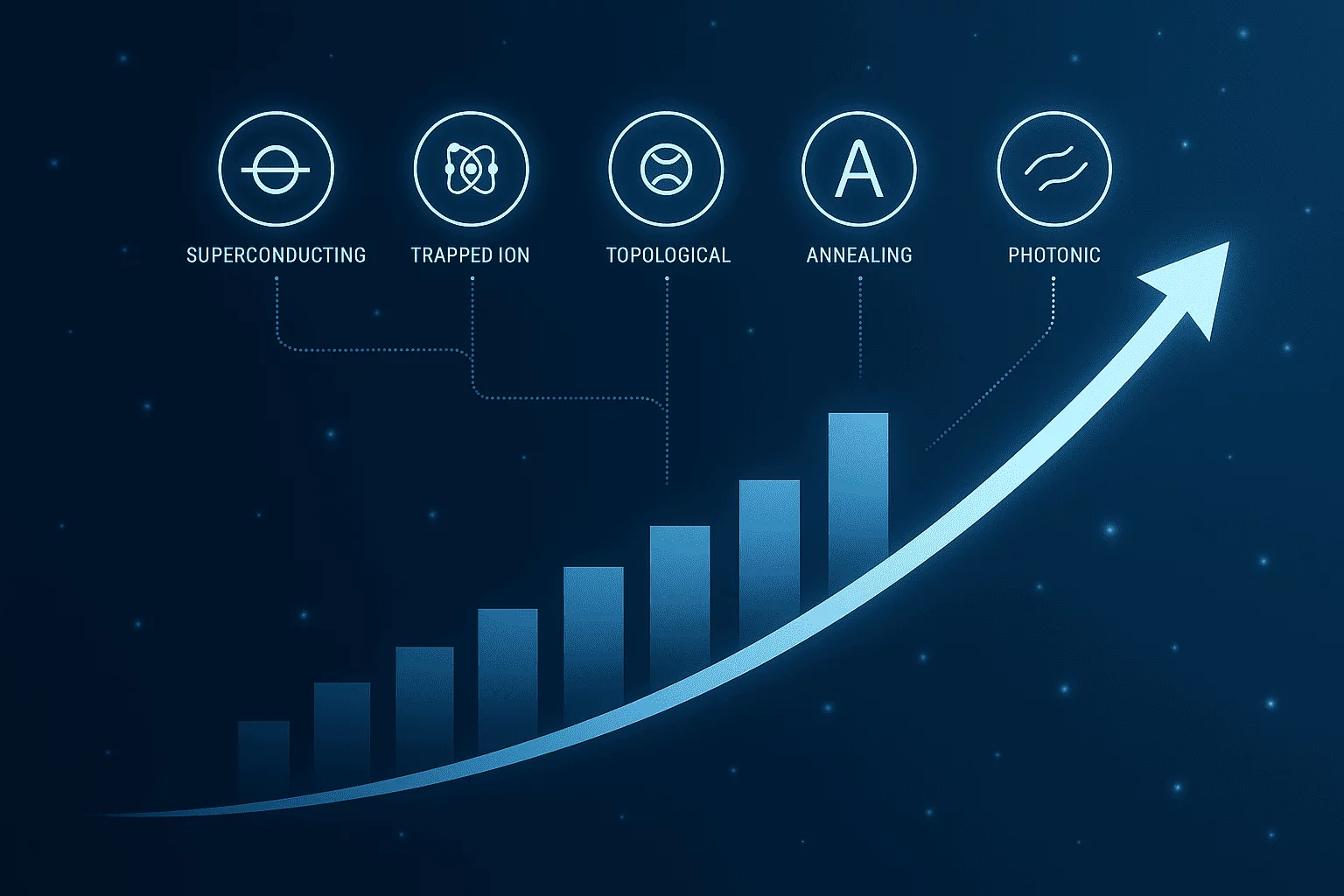Sweden’s beloved Midsummer, celebrated on June 20, 2025, marks more than just the summer solstice—it’s a cultural cornerstone that defines the nation’s seasonal pulse. With maypole dancing, floral crowns, traditional folk songs, and classic fare like pickled herring and strawberries, the holiday weaves centuries-old tradition into the fabric of modern consumption. Discover how Swedes are spending during Midsummer trends 2025—from digital payments and local food to fashion and sustainability—backed by fresh statistics.
But in 2025, Midsummer is not just about tradition; it has become Sweden’s biggest seasonal sales period. The convergence of culture, retail promotions, and tourism fuels a shopping frenzy shaped by digital habits, sustainability concerns, and generational shifts. From high-tech flower crown kits to sustainable smörgåsbord packaging, this year’s celebration speaks volumes about consumer behavior.
This blog explores:
- The economic and cultural factors driving summer sales
- Top retail categories and shifting consumer behaviors
- The digitalization of Midsummer purchases
- Sweden’s sustainability commitment in seasonal buying
Midsummer Trends 2025
Grab your gravlax and snap glass—it’s time to explore what Swedes are really shopping for this Midsummer.
The Economic & Sentimental Backdrop
In May 2025, Sweden’s consumer confidence index rose to 83.1 points, reflecting renewed optimism amid low inflation, rising employment, and a favorable currency exchange for tourists. The Swedish krona remained relatively stable, encouraging domestic and inbound travel spending.
Midsummer also coincides with the start of summer vacation, making it a seasonal pivot point: groceries, clothing, home décor, and travel bookings all spike in the weeks surrounding the holiday. Economic analysts project an estimated SEK 14 billion (approx. $1.3 billion USD) in consumer spending tied directly to the Midsummer season—a 9% increase from 2024.
How Swedes Are Paying: From Cashless Convenience to Digital Culture
Sweden is famously on the frontier of cashless economies, with over 90% of all transactions being digital. Midsummer 2025 continues this trend, with vendors embracing mobile payment apps like Swish, contactless cards, and prepaid digital wallets.
According to a report by PaymentsEurope:
- 64% of consumers expect outdoor event vendors to accept digital payments
- 81% of young Swedes (under 35) prefer using QR or app-based payment methods
- Seasonal digital wallet usage rose 17% year-over-year
However, in light of rising cybersecurity discussions and civil defense education, some Swedes are retaining emergency cash, advised by local banks and municipal authorities. This duality signals growing awareness about financial resilience.
What They’re Buying: Categories in Focus
A. Food & Beverage
- Systembolaget reported a 20% jump in alcohol sales compared to May averages
- Locally-sourced strawberries, herring, new potatoes, and sour cream dominate grocery lists
- “Smörgåsbord kits” from ICA and Coop saw a 22% increase in online sales for pre-assembled, sustainably packaged food bundles
B. Fashion & Apparel
- Linen dresses, flower crowns, and clogs are seasonal staples
- Swedish brands like ARKET, & Other Stories, and Lindex launched “Midsummer Capsule Collections”
- Coastal and rural regions saw a +16% YoY growth in clothing sales
C. Home & Outdoor Living
- Picnic blankets, candle lanterns, and rustic tableware surged by 19%
- Outdoor living goods like foldable furniture and Swedish-design grill kits gained traction
Digital & Social Engagement
A. E-Commerce
Online shopping platforms like Matsmart, Boozt, and Apotea reported mid-June sales spikes in categories like wellness, food, and fashion. Click-and-collect services became popular among holidaymakers heading to the countryside.
B. Social Media
Hashtags like #Midsommar2025, #SvenskSommar, and #KranstillKransen (“Wreath to Crown”) trended nationally. Influencer partnerships drove product discovery—from eco-friendly crown kits to sustainable wine carriers.
Sustainability: The Unmistakable Backbone of Midsummer 2025
Sweden’s deep commitment to eco-conscious consumption continues to shine:
- 78% of consumers prioritized locally made goods
- 82% favored biodegradable packaging
- Reusable plates, wooden cutlery, and refillable spice jars gained popularity
- Clothing and table linens made from recycled cotton grew in market share
Retailers that aligned with these values saw higher cart values and stronger brand engagement.
Regional Differences: Urban Chic vs. Countryside Charm
| Region | Midsummer Traits |
|---|---|
| Stockholm & Gothenburg | Influencer-driven experiences, high-concept packaging, boutique cocktails |
| Dalarna & Småland | Family-style smörgåsbords, handmade décor, local farmers markets |
| Gotland & Archipelago | Premium seafood, rustic floral setups, Airbnb experiences |
These regional nuances inform localized marketing and inventory strategies, particularly for FMCG brands.
Challenges for Retailers
Despite overall spending increases, retailers face:
- Supply chain crunches due to early heatwaves affecting strawberry yields
- Delivery bottlenecks for seasonal decor sold online
- POS gaps in rural areas, despite the push for digital payments
Brands that planned inventory and fulfillment around real-time data performed significantly better in meeting Midsummer demand.
Conclusion:
Midsummer 2025 reveals that Sweden’s consumers are:
- Value-driven, not discount-obsessed
- Digitally connected, yet tradition-anchored
- Environmentally conscious, with expectations for ethics and transparency
From grocery bags to floral wreaths, every purchase is made with cultural pride and forward-thinking precision
Mattias Knutsson, renowned Strategic Leader in Global Procurement and Business Development, shared:
“Midsummer is a consumer litmus test. Brands that respond to both tradition and modern behavior — sustainably, digitally, and authentically — are those positioned to lead not just this season, but all year long.”
He urges organizations to:
- Prioritize flexible sourcing that supports seasonal surges
- Work with regional artisans and small producers to enhance authenticity
- Invest in data tools to predict seasonal shifts in real time
Knutsson notes that Sweden’s holiday patterns often forecast broader European consumer movements. Midsummer is more than a spike in sales—it’s a story of emotional connection, heritage, and evolving market maturity.
Want to stay ahead of the seasons? Subscribe to my newsletter for insights into Nordic retail shifts, procurement strategy, and consumer trends that matter.





